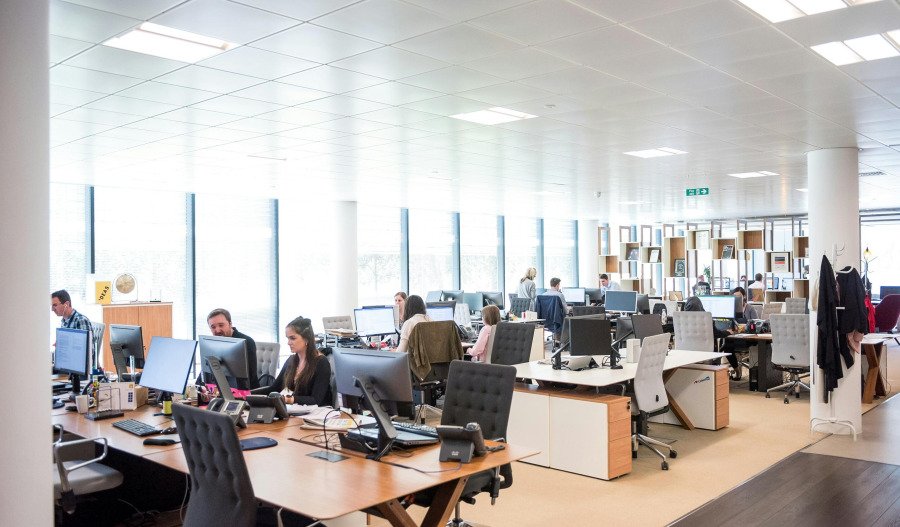Median hourly wages and employment growth have continued to rise in Australia, but the pace is slowing as inflation eases.
The median hourly wage rose by 5.3% year-over-year last month, according to Employment Hero’s SmartMatch Employment Report. Wages were up 5.9% for part-time employees, outpacing casual and full-time workers’ growth rate of 5.3%.
“The median hourly rate saw a 5.3% year-on-year increase, reaching $43.5 in February 2025. While this reflects continued growth, the pace has slowed in recent months,” according to the report.
“Quarter-on-quarter growth was a modest 1.0%, and month-on-month growth registered just 0.2%. This pattern of decelerating wage growth mirrors the recent downward trend in inflation.”
Median hourly wages nationwide were $49 for full-time workers last month, compared with $39.20 for part-time workers and $38.00 for casual employees.
Queensland and South Australia saw the highest rates of median wage growth, with both states posting a 6.2% year-over-year increase. Victoria’s growth rate was the next-highest, at 5.1%.
Construction and trades wages increased the most, with a 7.1% year-over-year increase. Retail and hospitality posted the second-highest growth rate, at 5.0%.
Average employment growth rose by 5.7% nationwide last month, the report said. Queensland’s growth rate was the largest, at 6.8%, while Western Australia notched a historical low of 3.2%.
The average amount of hours worked also rose by 0.3% year-over-year last month, with 0.9% growth from January. Part-time workers saw an increase of 2.0%, while hours worked remained unchanged for full-time employees.
Average hours worked increased the most for younger employees, with the 14-17 age group seeing a year-over-year increase of 18.7%. The 18-24 age group posted growth of 6.4%, while other age groups saw a rise of 1.0% or less.
According to Employment Hero CEO Ben Thompson, a growing number of younger employees are working at multiple full-time roles, rather than a single full-time job. “Factors such as rising costs of living, inflation, and the growing gig economy are pushing more Australians, particularly younger workers, to take on multiple jobs to maintain financial stability.”
In January, both unemployment and labour force participation rates rose on a seasonally adjusted basis, according to the Australian Bureau of Statistics. Full-time employment numbers increased, while part-time employment decreased.
Related content



